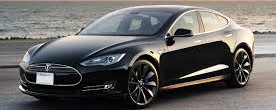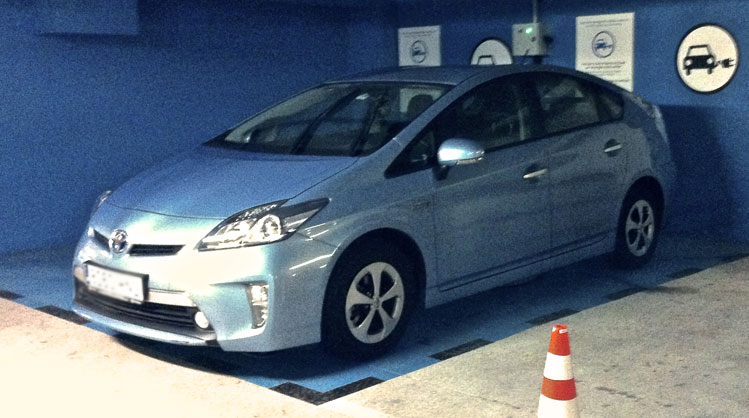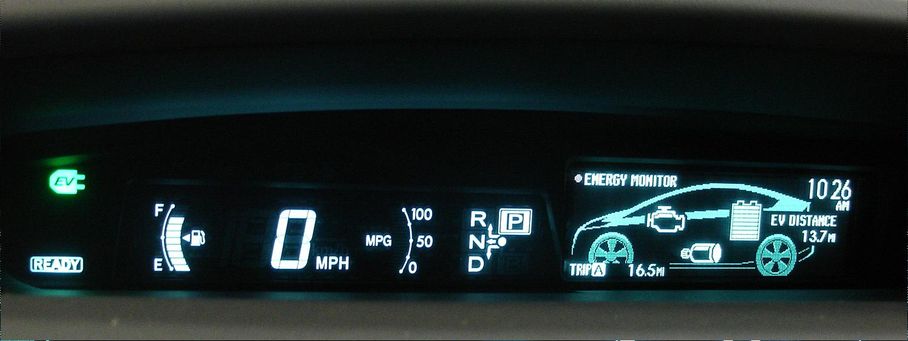After posting last week the reasons why I am impressed by the Tesla S despite the video showing one of the cars on fire, a few people asked me why I do not drive one?
 There are basically two reasons. One is, as an academic, I can’t really afford the Tesla S. The car costs € 72,600 in Spain, where I live, there is little subsidy available and the Tesla was more than twice the price of the Toyota Prius Plug – in that I bought instead.
There are basically two reasons. One is, as an academic, I can’t really afford the Tesla S. The car costs € 72,600 in Spain, where I live, there is little subsidy available and the Tesla was more than twice the price of the Toyota Prius Plug – in that I bought instead.
The other reason is that we only have one car and I not only need a car to get to work but will use the same car for longer trips and anything else I do with it. Relying on the Tesla for a trip to the mountains or Northern Europe seemed a bit risky given the lack of infrastructure today. The good thing about the Prius, is that it can go almost 1,000 km on a full gas tank!
Prius Plug In
 My Prius has a battery with a capacity of 4.5 kwh compared to the 60 kwh or 85 kwh for the Tesla and has a range of just under 20 km (15 miles) but at least its a start. I can get about halfway to the business school on battery power and can charge the car easily both at my home and in the Business School’s parking lot.
My Prius has a battery with a capacity of 4.5 kwh compared to the 60 kwh or 85 kwh for the Tesla and has a range of just under 20 km (15 miles) but at least its a start. I can get about halfway to the business school on battery power and can charge the car easily both at my home and in the Business School’s parking lot.
Perhaps the most intesting thing about driving the plug – in hybrid is that I have completely changed the way I drive. The all electronic dashboard, which is what I liked least, gives constant information about the fuel mix, consumption, and milage and since that is what I see, that is what I optimize.
The net result is effective gas milage of about 3.2 liters per 100 km or 73.5 miles per gallon not including the cost of the electricity. So far I have not seen any appreciable impact at home and the parking garage at IESE Business School provides power free of charge due to an arrangement with the electrical utility.
Gasoline in Spain costs € 1.50 per liter ($7.67/gallon), and monthly savings for me have been more than €150 per month ($200)!
A theory of change

The Rocky Mountain Institute has an initiative called Re-inventing Fire which shows how the United States could sharply reduce its carbon footprint by 2050.
At the heart of this inititative, and much of the work done by Amory Lovins and his colleagues at RMI over the years, is the idea that change comes by moving the mindset and behaviors of specific groups of firms and consumers. Move them and they will in turn move others. The idea is also called Institutional Accupuncture and for me both the Tesla S, the Toyota Prius and other electric vehicles may be the start of a profound shift.



One thought on “Why don’t I drive a Tesla S?”
Comments are closed.